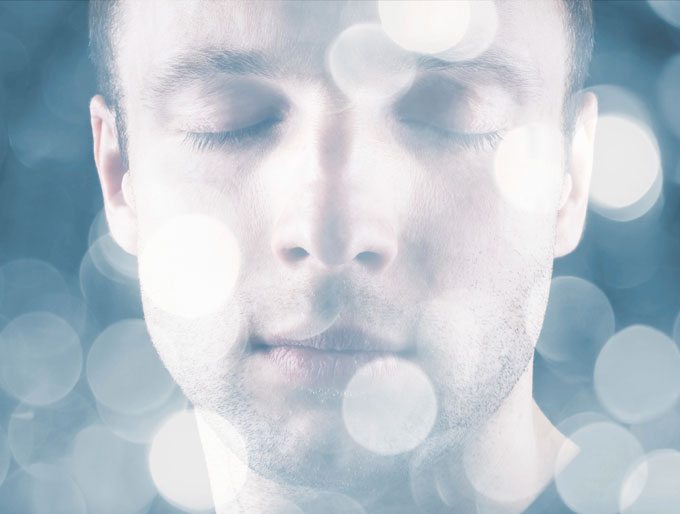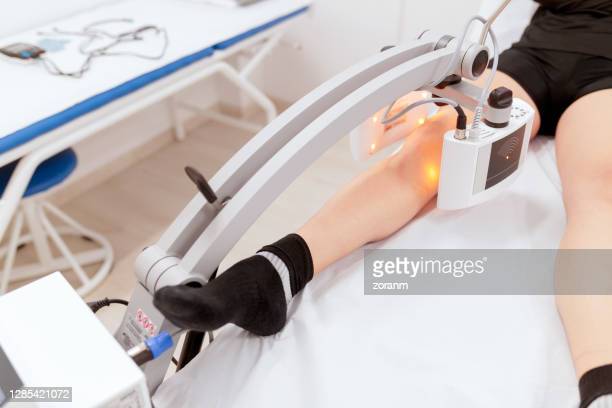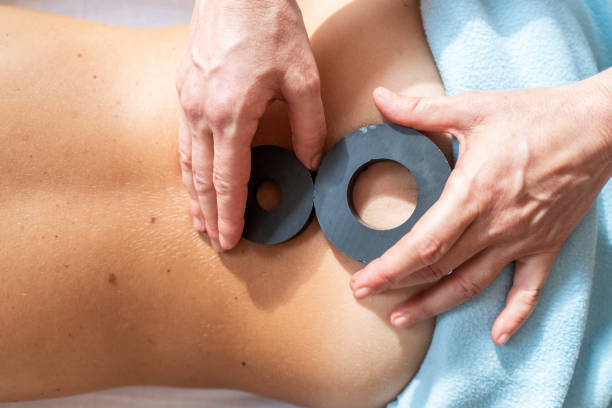Introduction:
Health spas and alternative health businesses are increasingly offering foot detoxification as a way to remove toxins and heavy metals from the body. However, there is no scientific evidence to confirm that they work.
How does foot detoxification work?
- balances the body’s pH
- reduces swelling
- boosts mood
- relieves stress
- increases immunity to illness
- aids weight loss
- improves heart health
- destroys harmful microorganisms
Types of foot baths:
The most popular types of foot detoxification include:
- Foot soak: A normal foot soak is a simple form of a detoxification bath. It involves dipping the feet in warm water. Some people add Epsom salts or a few drops of essential oil to the water.
- Foot masks: A clay foot mask may clean and lessen the feet. People typically apply the foot mask for a set period before washing it off.
- Foot scrubs: Regular foot scrubs may clean and detoxify the feet. They may also reduce foot odors and remove dead skin cells. The accompanying foot massage can relax the muscles and reduce tension.
- Foot pads: Special detoxification foot pads cause the feet to sweat. Some people believe that this process draws out the toxins.
- Acupressure-based techniques: Using special massage techniques to apply pressure to definite points in the feet can promote relaxation. Some people also think that acupressure aids detoxification.
Conclusion:
Foot detoxification is popular alternative health treatments that may relax a person, soften the skin, and treat minor foot complaints. While there is no evidence to support the use of these treatments for detoxification, they are unlikely to be harmful to most people.
Some people should avoid foot detoxification or speak to a doctor before using them. These people include:
- children
- pregnant women
- those with pacemakers or electrical implants
- people with diabetes
- anyone who has open sores on their feet










